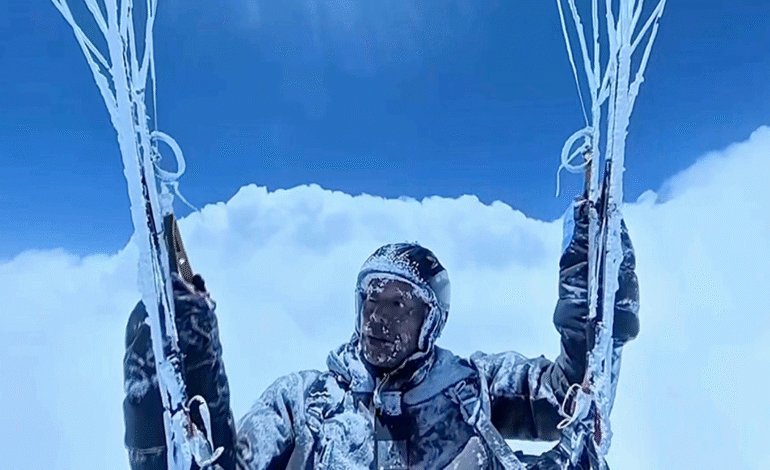
Unexpected Heights: The Accidental Ascent of a Chinese Paraglider
In an extraordinary event, a Chinese paraglider accidentally ascended to nearly 28,000 feet, approaching record altitudes. This remarkable incident highlights both the thrill and danger of extreme paragliding, offering an unexpected look at the challenges and risks faced by those who push the limits of this adventurous sport.
The Unexpected Ascent
The paraglider, during what was intended to be a routine flight, unexpectedly caught an updraft that propelled them to an altitude few have reached without a pressurized cabin. The high-altitude adventure, while unplanned, stirred both awe and trepidation within the paragliding community.
The Risks of Extreme Paragliding
Reaching such altitudes brings significant challenges, including oxygen deprivation and extreme cold. Extreme paragliders must be prepared for sudden weather changes and the physical demands of flying at high levels, as highlighted by this incident.
Regulations and Safety Practices
This event has reignited debates over the need for stringent safety protocols and regulatory frameworks governing paragliding. Ensuring pilot safety and preventing accidents are paramount, especially when flights reach unexpected altitudes.
Global Implications
The incident has drawn international attention, prompting a call for a review of safety measures in high-altitude sports. It serves as a reminder of how natural elements can easily turn an adventure into a crisis.
Future of Paragliding
As technology advances, improving safety equipment and forecasting tools will be crucial for preventing similar incidents. The paragliding community is pushed to innovate and adapt, ensuring the sport can safely continue to thrill enthusiasts worldwide.
Conclusion
The accidental ascent of a Chinese paraglider to nearly 28,000 feet underscores the unpredictable nature of extreme sports. This incident highlights both the potential and perils of paragliding, emphasizing the need for comprehensive safety measures and technological advancements to protect adventurers who continually seek to explore the skies.






